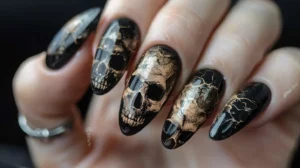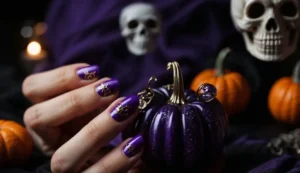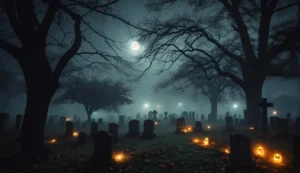Immerse yourself in the intriguing allure of “Halloween animals,” a topic I have dedicated endless hours of research to uncover the most captivating and significant details for you. I’m excited to present this collection that delves into the mythical importance of creatures like bats, black cats, and other nocturnal beings in Halloween customs, while also highlighting their crucial contributions to natural habitats and conservation initiatives. Get ready to uncover the mysteries and grasp the relevance of these symbolic animals in both our cultural celebrations and the environment.
Key Takeaways
- Halloween animals play a significant role in both mythology and our modern celebrations.
- Our perception of these creatures has shifted from fear to a recognition of their importance in nature.
- The cultural significance of Halloween animals is deeply rooted in superstitious beliefs from ancient times.
Famous Halloween Animals and Their Origins

We’ve always been fascinated by the animals that populate the eerie tales of Halloween. Let’s explore some of the famous creatures that have become symbols of the spookiest time of the year and uncover their intriguing origins.
Bats and Vampires
Bats, often associated with the night and darkness, have been linked to myths of vampirism for centuries. The legend of vampires, such as the iconic Dracula, was popularized by Bram Stoker’s 1897 novel. The connection between bats and vampires deepened with the discovery of the vampire bat species in South America, which surprisingly does feed on blood.
Cats: From Ancient Egypt to Modern Superstitions
Cats, especially black ones, have been surrounded by superstition for eons. In Ancient Egypt, cats were revered and considered protectors. However, they became associated with witches and bad luck in medieval Europe. The black cat, in particular, is often considered a symbol of Halloween, entwined with legends of witchcraft and mythology.
The Spooky Presence of Owls
Due to their nocturnal nature and distinct calls, owls have been symbols of wisdom and death in various mythologies. In the Middle Ages, the ominous sound of an owl was often considered a bad omen or a harbinger of death. The owl is a fixture in Halloween lore tied to superstition and ancient legends.
Canine Creatures: Wolves and Werewolves
Wolves have captured our imaginations, woven into tales of werewolves and full moons. This connection is deeply rooted in mythology and exacerbated by real diseases like rabies, which caused man-to-beast transformation fears. The werewolf, known for its transformative curse, has remained a potent symbol of Halloween fright.
Arachnids and Their Cultural Impact
Spiders and their intricate webs have spun a place for themselves within Halloween symbolism. In the Middle Ages, spiders were seen as companions of witches and omens of misfortune. Arachnophobia, the fear of spiders, only amplifies their scary appeal during the Halloween season.
By looking into the origins of these animals, we better understand our shared stories and why they continue to captivate us every Halloween.
Ecosystem and Conservation
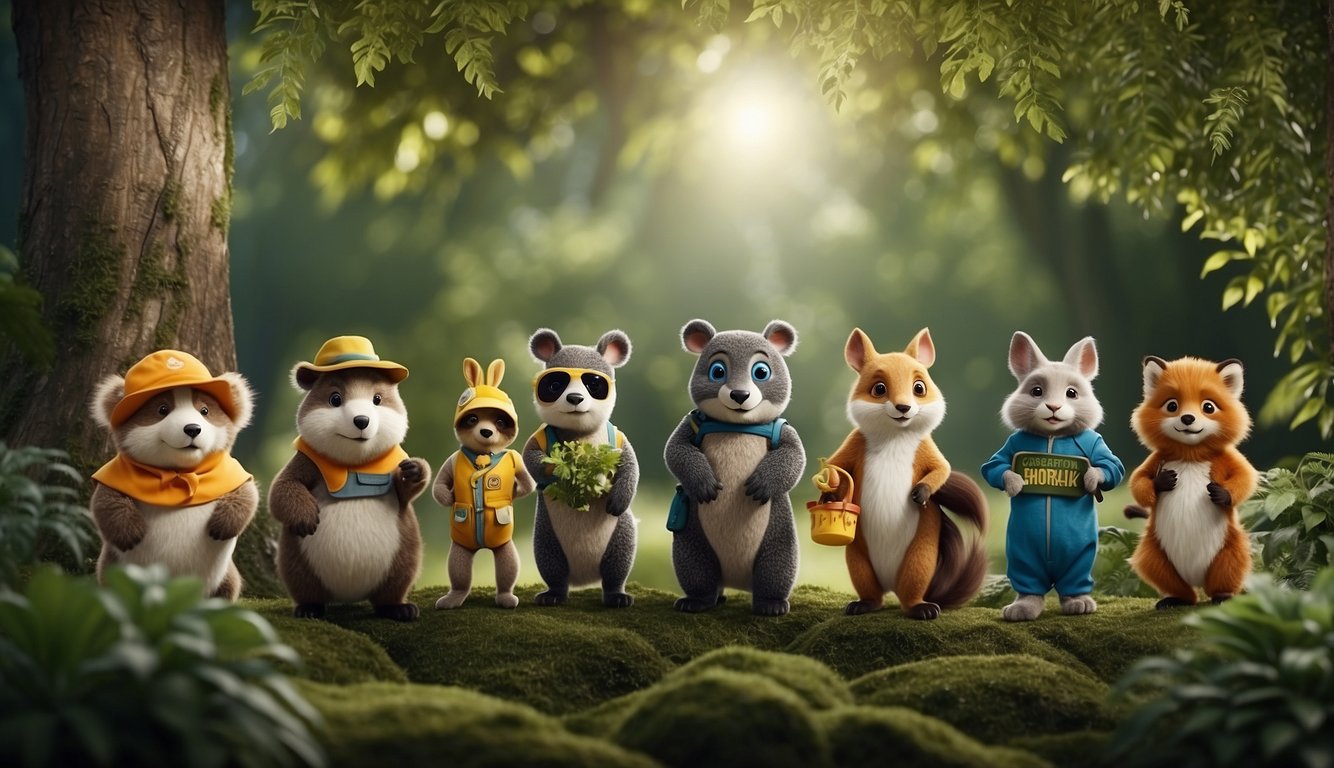
As we explore the realm of Halloween animals, we must recognize our role in their conservation. We’ll discover how myth influences their survival and the importance of embracing both fear and respect to ensure a balanced ecosystem.
Habitat Preservation for Nocturnal Species
Nocturnal creatures, such as bats and owls, rely on specific habitats for their survival. Their presence is often misunderstood due to Halloween myths, but in reality, habitat loss poses a grave threat to these species. Bats, using echolocation to navigate and hunt, depend on undisturbed roosts which are becoming scarce. The Nature Conservancy of Canada stresses the need for habitat conservation to protect these essential ecosystem members.
The Role of Predators in Halloween Mythology
Halloween mythology cast predators like wolves and vampire bats as villains. This has led to fear and superstition that overshadows their pivotal role in maintaining ecological balance by managing prey populations. It’s our responsibility to dispel these myths and recognize predators as a vital part of our environment.
The Real Dangers of Misunderstood Animals
Misconceptions surrounding animals like spiders, snakes, and sharks have escalated fears, often influencing detrimental behaviors towards them. These animals, although may seem spooky, are instrumental in controlling pest populations and maintaining a healthy ecosystem. For instance, bats, which face endangerment, are crucial for insect control and should be protected rather than feared.
Animals in Balance: Fear vs. Reverence
Animals like cats and bats are often the center of superstitious beliefs, particularly around Halloween. However, every animal plays a crucial role in environmental balance. We can foster a healthier coexistence by overcoming superstition and learning to respect these creatures.
Connecting Ancient Beliefs to Conservation Efforts
Finally, bridging the gap between ancient beliefs and modern conservation efforts is key. Respect, awe, and even fear have historically led to a deeper understanding and wisdom about animals, enabling us to appreciate the need for conservation. The legends of old can teach us the value of every species, urging us to protect their habitats and secure their place in the ecosystem for generations to come.
Cultural Significance and Modern Celebrations
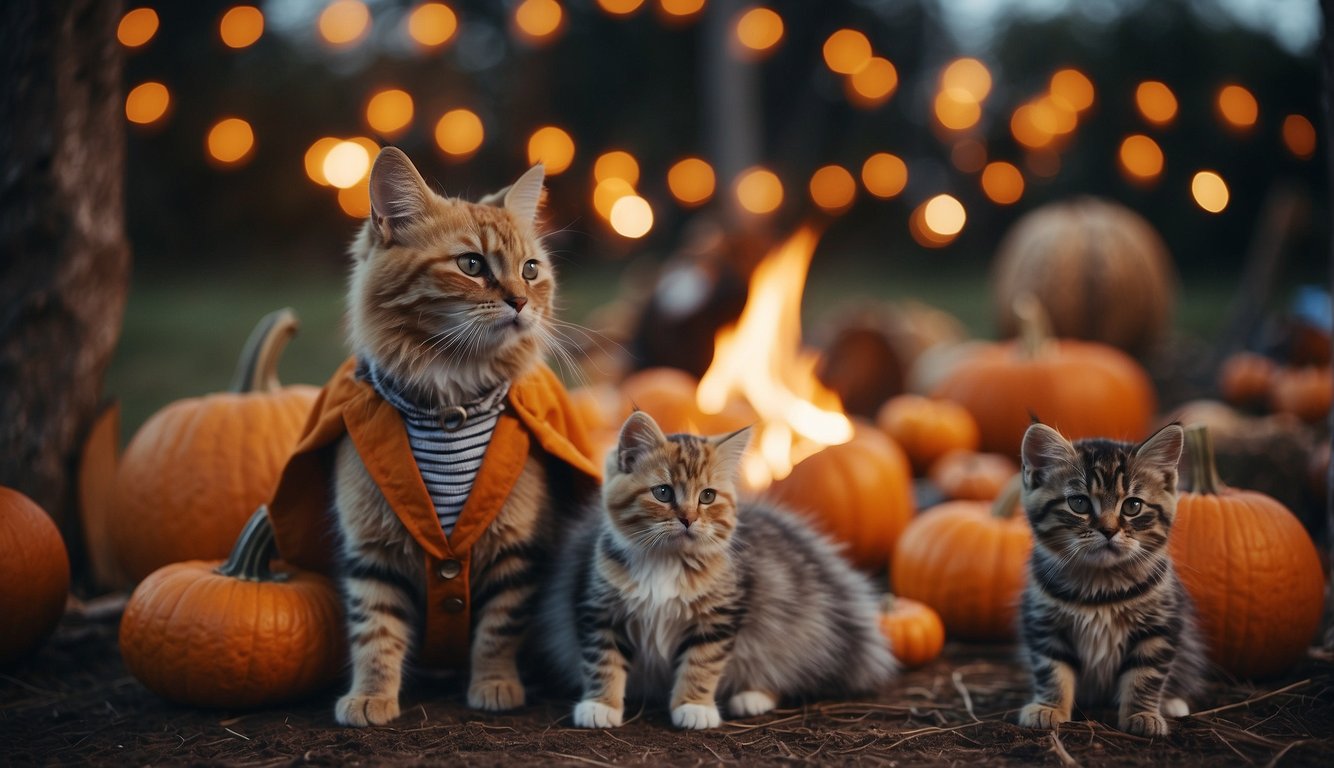
As we explore the vibrant holiday of Halloween, it’s fascinating to see how certain animals have become symbolic, how timeless tales have influenced the celebration, and how ancient beliefs continue to shape modern superstitions and festivities.
Animals in Halloween Decorations and Costumes
Animals like bats, spiders, black cats, and owls have become iconic symbols of Halloween. Seeing a bat silhouette against the moon or spider webs stretched across doorways instantly evokes the Halloween spirit. In costumes, people often choose to dress up as scary animals or incorporate elements like bat wings or cat ears to add to their spooky attire.
- Common Animals and Their Significance:
- Bats: Associated with vampires and night creatures.
- Spiders: Represent mystery and entrapment.
- Black Cats: Often linked to witches and bad luck.
- Owls: Seen as omens and messengers in myths.
From Literature to Cinema: Enduring Halloween Stories
The works of authors like Edgar Allan Poe and Bram Stoker have left a lasting mark on our Halloween celebrations. Their stories of ravenous vampires, ghastly ghouls, and nefarious nocturnal creatures have inspired countless Halloween-themed movies and decorations.
- Notable Works:
- Edgar Allan Poe: “The Raven” and “The Tell-Tale Heart.”
- Bram Stoker: “Dracula” serves as the quintessential vampire tale.
Mythology Turned Tradition: Festivities and Superstitions
Drawing from ancient traditions, mythology has greatly influenced our modern Halloween festivities and superstitions. The lore surrounding witches, vampires, and werewolves demonstrates how these mythical creatures have become integral to Halloween’s cultural impact.
- Mythical Creatures and Associated Superstitions:
- Witches: Flying on broomsticks during Halloween.
- Vampires: Avoidance of garlic and holy symbols.
- Werewolves: Transformations during the full moon.
The Power of Storytelling: Legends and Halloween Narratives
Our Halloween narratives are enriched by the legends we share. Stories of ghosts and monsters are not just tales to us; they represent centuries of folklore and offer a glimpse into the fears and curiosities of our ancestors.
- Legends and their Effects:
- Ghosts: Symbolize the connection between the living and the dead.
- Monsters: Embody the unknown and the frightening possibilities of the dark.
The Evolution of Halloween: Culture and Ancestry
Halloween’s evolution is a captivating journey through various cultures and ancestries. It showcases how ancient times influence the current festivities, blending myths, legends, and superstitions to create the dynamic holiday we adore today.
- Cultural Contributions:
- Celtic: Origin of Samhain, the precursor to Halloween.
- Roman: Incorporation of Feralia into autumn celebrations.
FAQ – Halloween Animals
Why are black cats associated with Halloween?
Black cats are often linked with Halloween due to historical superstitions and their association with witchcraft. In medieval folklore, black cats were believed to be witches’ familiars, creatures that were given to witches by the devil to aid in their magical workings. This connection has made black cats a staple of Halloween imagery.
What is the significance of bats in Halloween?
Bats became associated with Halloween for a few reasons. One is their nocturnal nature, which links them to the night and darkness. Additionally, in Europe, bat migrations in the fall could coincide with Halloween, further connecting them to the holiday. There’s also an old myth that if a bat flies around a house three times, it’s a sign of death coming to the household, adding to their spooky reputation.
Why are spiders considered Halloween animals?
Spiders are associated with Halloween due to their eerie and unsettling presence for many people, as well as their connection to abandoned or haunted places. Cobwebs, often found in such locations, are a common Halloween decoration, symbolizing neglect or the passage of time, and spiders fit right into this creepy aesthetic.
If you enjoyed reading about Halloween Animals, check out our other articles:
- Teacher Halloween Costume Ideas: Fun Looks for the Classroom
- Halloween Themed Bachelorette Party: A Spooktacular Night
- Halloween Animals: Furry & Feathery Friends of the Spooky Season
- Mom and Daughter Halloween Costume Ideas for a Spooktacular Duo
- Addams Family Halloween Costumes: Inspiration for Your Spooky Ensemble
Feel free to also check out our other Articles from the category “Halloween“ and don’t forget to follow us on Pinterest.



